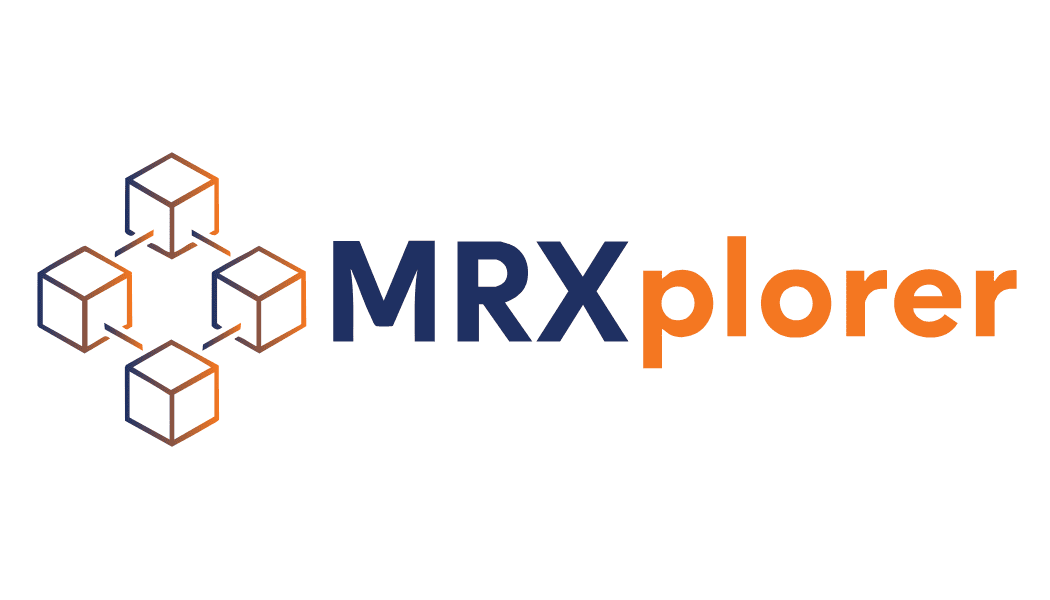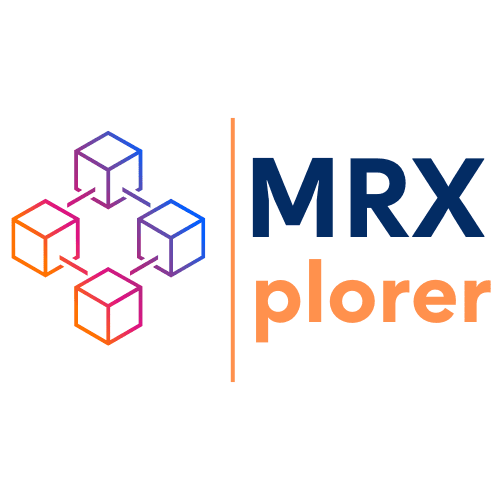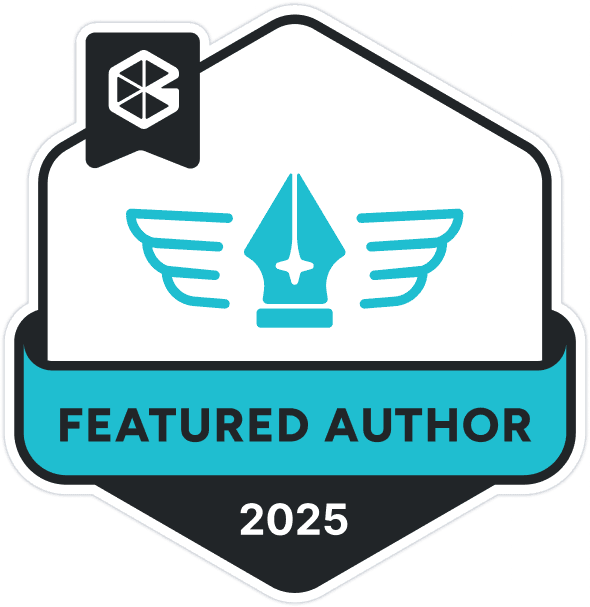The hidden costs of research technology
There is so much promise to technology, isn't there? It's supposed to make our lives better by making our jobs easier, or was it faster? Cheaper? All of the above?
So why is it that, despite investing in research technology solutions that can draft your surveys, automatically collect and analyze data, generate reports, and let your stakeholders access dashboards within minutes, your team seems to be spending more time on projects and feeling less productive than before?
With so many tools available, it's easy to end up with overlapping solutions, underused licenses, untouched features, or even tools that just don't fit your team's needs. Let's take a look at some of these hidden costs of research technology.
The Financial Cost
The Training and Adoption Cost
- The Users. They need to learn not only how to operate the tool, but also how to select the right projects for it, understand its limitations, and manage any new requirements.
- The Stakeholders. If the tool's outputs look different from what stakeholders are used to, they'll need reassurance that the data and methodology is reliable. They might also need training to interpret and use the new formats.
- The User's Peers. If the tool's outputs are inputs for other team members' work, those peers will need training on the new file types, formats, or processes to minimize workflow interruptions.
Training costs go beyond the sessions themselves. There’s a learning curve, and during this time, workflows often slow down, frustrating teams who were promised faster, easier processes. Managing these expectations is key to ensuring adoption and long-term satisfaction with the tool.
Finally, there’s the cost of adapting processes. New tools often require changes to existing workflows, roles, and expectations. Without careful planning and communication, these adjustments can lead to resistance and low adoption rates. A step-by-step process review that includes IT requirements and quality control steps will reduce confusion and address concerns your team may have about the new tool.
The Solve
- identify unused licenses and eliminate waste
- discover underutilized features that could unlock value
- highlight poor alignment between tools and team requirements
- pinpoint training gaps that need to be addressed.



